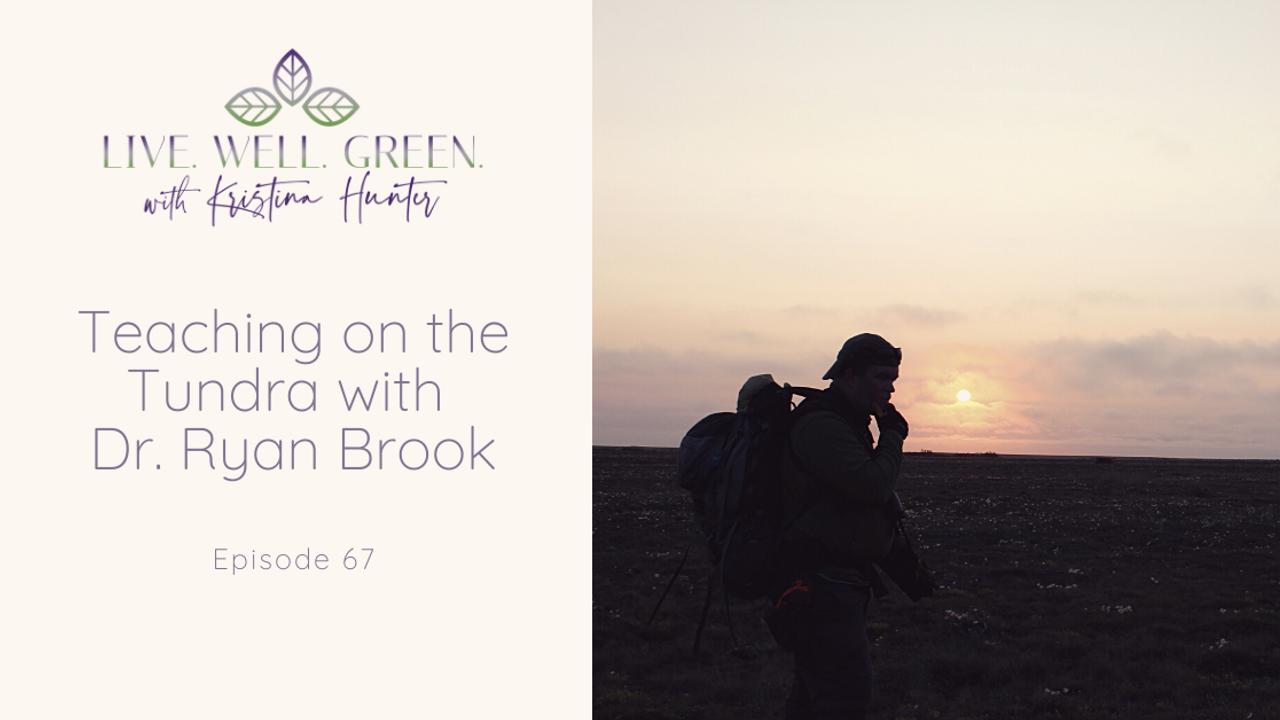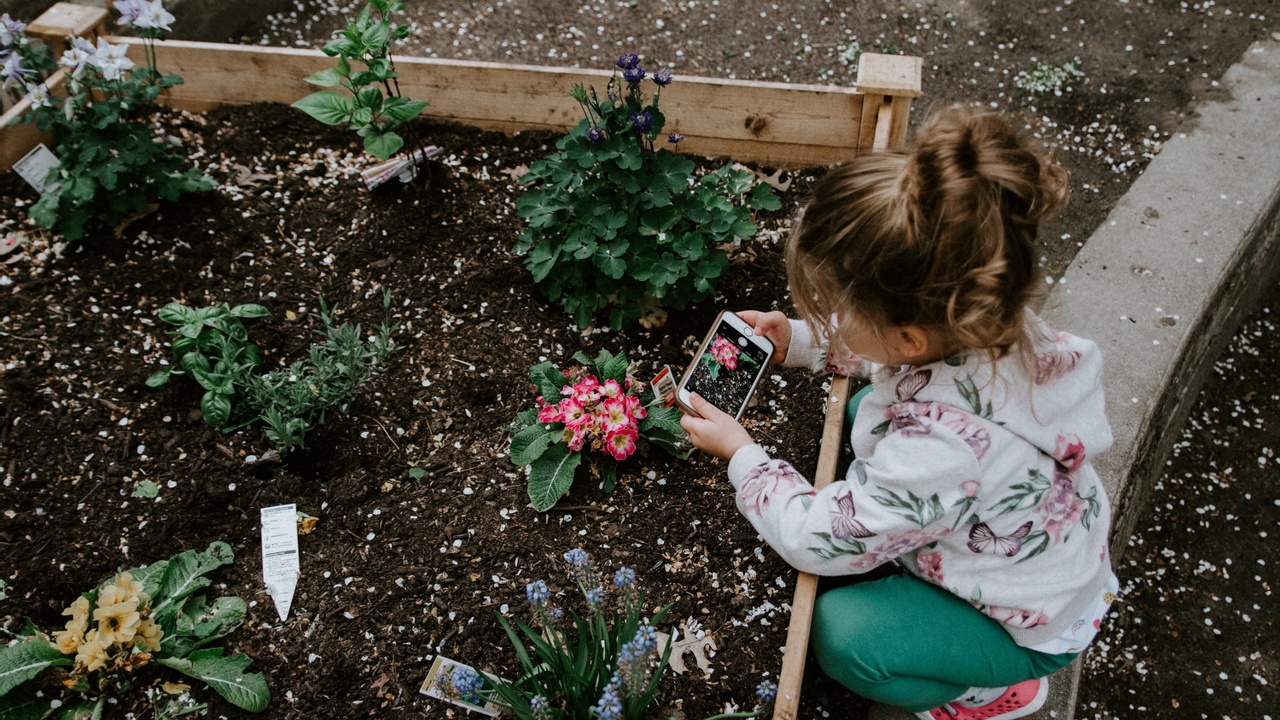Sustainable wellbeing and green living
Let's find ways to Flourish!
How yoga helps you relate to the natural world

"Yoga makes you harmonious with nature and teaches you to be joyfully curious about your inner world." - Debasish Mridha
Yoga is a mind-body practice that has been around for thousands of years and continues to be a popular method of exercise and wellness today.
And good news, it is not just for the fit and flexible. There is a yoga practice for every body type and ability.
Some physical benefits of practicing yoga include increased flexibility, increased muscle tone and strength, lowered blood pressure, better posture, and improved balance.
These physical benefits are accompanied by many mental benefits as well. Yoga practices often incorporate meditation and breathing exercises in order to reduce stress, increase awareness of your body and movements, aid in sleep, and increase mental clarity.
But even beyond the physical and mental benefits, when we connect deeply with our bodies, we begin to find a new relationship to ourselves and the natural world. Our bodies are made of ...
From the Flourishing Community

In honour of the 100th edition of the Flourishing Fridays newsletter, I thought it would be great to profile some of the amazing work that folks in this community are doing. Sharing some inspiration and celebrating our wins, big and small. Together we are learning about how to live more sustainably, how to spread the ideas of green living and to enjoy life more!
What an amazing and inspiring list!
Aditya is helping to educate others about the importance of protecting wilderness.
AJ fixes appliances, builds with reclaimed lumber, raises bees and enjoys time in nature.
AK – promotes thrifted fashion for badass Millennials on her social media accounts.
Angelika got small recycling bins for her condo complex and avoids wasting food.
Anuradha – runs sustainable clothing companies using all traditional textiles and zero waste production that also provides employment for women in India.
Amanda is eating more local food and loves to support local businesses.
Anders helps kids in low-in...
Students and seniors find symbiosis

Do you remember your time as a student where affordable housing meant multiple roommates, and sketchy landlords? Do you perhaps also know a senior who has extra space but lacks good social connections and may be isolated?
An unlikely match: seniors and students
Although these two demographic groups might seem like polar opposites, they actually have housing needs which are quite complimentary.

Let’s look at students first. Students require affordable housing, as they are at a point in their lives where they are trying to finance their education while balancing schoolwork, part-time jobs, and other expenses that occur at this age.
Unfortunately, there seems to be a shortage of affordable housing in many cities around the world. More specifically, affordable housing located on or near university campuses can be quite hard to come by. First of all, a large number of students attending a single university may cause a significant increase in demand for nearby student housing. This not...
Teaching on the Tundra with Dr. Ryan Brook

"This course changed my life." That is what I heard repeatedly from students who returned from their 2 week experience on the tundra with my former classmate and now colleague, Dr. Ryan Brook. I was intrigued. I don't care how great a teacher you are, it is pretty rare to have students say that your course changed their lives.
But here were multiple students each year professing this same message to me after their tundra experience. And then, I got the phone call that would change my life, and my husband's life and make it so much richer - all while doing crazy amounts of work for long hours and virtually no pay.
And I loved it.

Dr. Ryan Brook, University of Saskatchewan, Associate Professor
Of course, that phone call was from my former classmate, Ryan Brook. Ryan was now teaching a version of the course that I took when he was the teaching assistant, called Wildlife and Ethnoecology in the Manitoba Coastal Region. What a mouthful that was, but it was a great course, ...
The bliss of biophilia - indoors!

Why is it that plants, windows with views of greenspace, nature-depicting art pieces, and other natural elements brighten up our indoor environments? Given the choice, most people prefer to spend time in a room that contains these elements instead of a room that is closed off to the outside world. In fact, access to daylight and the outdoors is even a requirement of humane-treatment in some situations like incarceration.
We know that spending time outside is good for our psychological and physiological health. As seen with activities such as gardening, forest bathing, and simply spending time outdoors, nature has restorative properties that we can all benefit from!
So, is it possible that we can access these benefits from indoor environments as well? The answer is yes! Biophilic design is a design strategy that incorporates natural elements into the built environment in order to increase human wellbeing.
Biophilic design is based on the concept of “biophilia” which aims to explain ...
Why does gardening make us happy?

Have you noticed that spending time in nature is a great way to enhance your physical and mental wellbeing? Well, you are not alone! There is a reason that gardening and walking outdoors and spending time in nature is such a lasting activity that people keep coming back to - and especially during the COVID-19 pandemic.
Are you growing a garden, perhaps for the first time? It turns out there are benefits to us beyond the joy of watching plants grow and reaping the harvest of our efforts. For starters gardening gives us enjoyable light physical activity and, the psychological benefits of gardening include reduced stress, increased happiness, and overall mood enhancement. To learn more about the benefits of gardening, click here!

Similarly, forest bathing - spending time immersing yourself in nature and connecting to the natural world, provides individuals with significant psychological and physiological improvements such as reduced anxiety, stress relief, decreased blood pressure and...
The value of green infrastructure

Cities can be great places to live, especially if you are looking to reduce your environmental impact, as higher-density cities use less land per person, encourage methods of active transportation such as walking or biking, and offer pro-environmental businesses and services like carshare and cupshare.
Despite these benefits, cities are often missing a crucial element: nature! One of the biggest differences between rural life and city living is that nature is less accessible and less visible in urban areas. However, this doesn’t have to be the case!
As we have become more aware about the important role that nature plays in the human experience, it has become more common to include green infrastructure in our cities!
Green infrastructure can be defined as the natural vegetative systems such as green spaces and trees in towns and cities that provide us with environmental, societal, and economic benefits.

Different types of green infrastructure and their benefits
Green spaces in ci...
The one thing to green your decisions: The Precautionary Principle

What is the Precautionary Principle?
Life can be unpredictable and sometimes the decisions we make end up causing unintended consequences. This is especially the case when it comes to the natural environment and the implementation of new science, technologies, and activities. The unintended consequences of these activities can result in severe environmental harm.
That’s why it is important to take an anticipatory approach in order to mitigate and avoid environmental harm. With the multitude of environmental issues such as climate change, plastic pollution, and biodiversity loss that we are currently facing, it is in our best interest to start taking this approach!
The Precautionary Principle is based on the idea that it is “better to be safe than sorry.” Opposed to a reactive approach which is concerned with resolving negative effects after they have already occurred; (think plastics polluting the ocean) the Precautionary Principle is preventative.

The precautionary principle beg...
The Sustainable Wellbeing of Hygge

Did you know there is a word that describes the feeling of coziness and contentment we experience when taking part in our favourite feel-good activities or indulging in the small comforts of life? The Danish word, “Hygge” (pronounced hue-ga) describes exactly that. Hygge can come in many shapes and forms, as it is any experience that you find comforting and enjoyable, and of course, it is not just experienced by the Danes and it is not only for cold winter climates!
Hygge has been recently adopted into the English language and is defined by the Oxford Dictionary as “A quality of cosiness and comfortable conviviality that engenders a feeling of contentment or well-being.”
By including the word hygge in our vocabulary, we are better able to recognize the feeling of hygge, and the activities that make us feel hygge. This can encourage us to make an effort to incorporate hygge into their lives, and foster Sustainable Wellbeing, which is the wellbeing that comes from doing what is good fo...


